NATIONAL MUSEUM OF NATURAL HISTORY
Thinking of Eating Cicadas? Here are Six Other Tasty Insects to Try Too
The practice of eating insects, known as entomophagy, is widespread around the world.
/https://tf-cmsv2-smithsonianmag-media.s3.amazonaws.com/blogging/featured/Brown_leaftcutter_ants_on_a_yellow_flower.jpg)
It has been two weeks since the cicada invasion began. People across the Mid-Atlantic are counting down the days until the cicadas disappear for another 17 years. But there’s a gastronomical way to hasten the cicadas’ eventual retreat: eating them.
While the thought of eating cicadas or any “bug” may repulse the fainthearted, the practice, known as entomophagy, is widespread around the world.
If you're considering what insect to eat, there are plenty of places to start. Here are some tasty suggestions by Floyd Shockley, the entomology collections manager at the Smithsonian’s National Museum of Natural History.
Mealworms & Palm Weevil Larvae
For the insect-curious who want to ease into their entomophagy experience, larvae are a good place to start. High protein, low fat mealworms, the larvae of the beetle Tenebrio molitor, can be pan-roasted and even ground into flour.
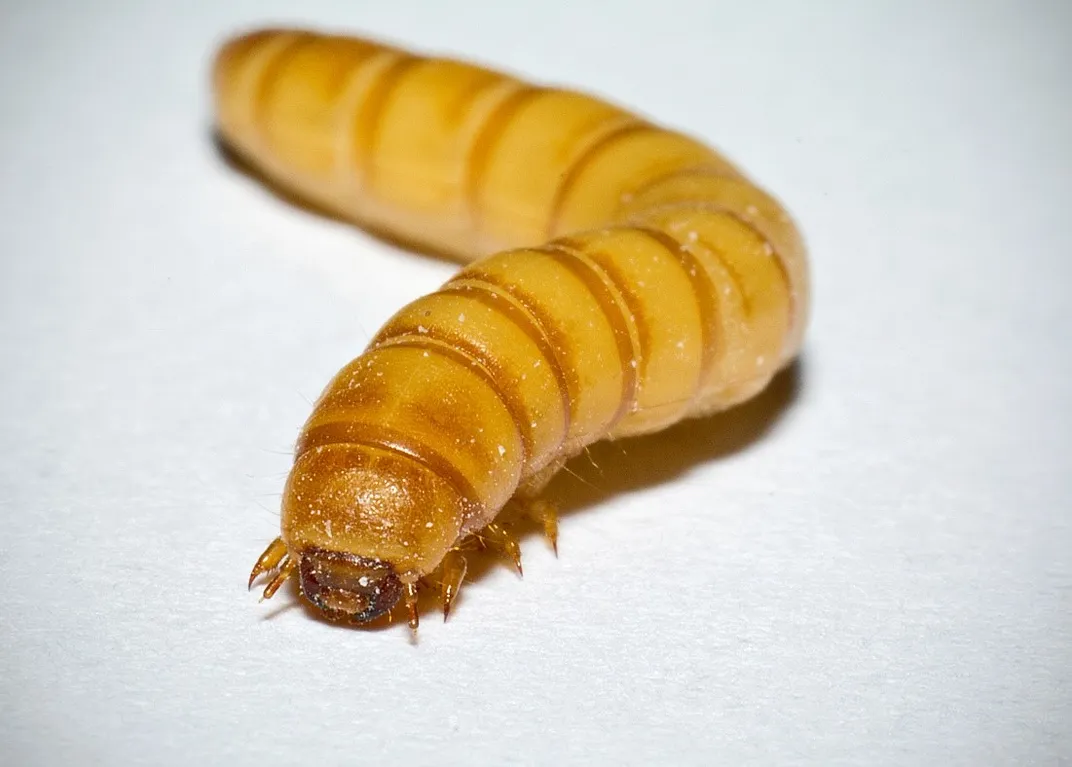
“The reason mealworms are so popular in the entomophagy world is because they don’t have big legs or anything. And you can flavor the mealworms by feeding them anything. You feed them whole grains, they taste like whole grain,” said Shockley. “They're versatile because they will eat anything.”
Other flavor mimickers include fattier palm weevil larvae, which Shockley describes as having a “sweet flavor when fried.” Because of their higher fat content, they store a lot of energy. Most of this fat is unsaturated, and they have more of it than other meats like fish do.
“Most insects are high-protein, low-carb, healthy fat, gluten-free protein sources,” said Shockley.
Leafcutter Ants & Honeypot Ants
Another nutrient-heavy insect is the leafcutter ant, which is usually the species Atta laevigata. They cut leaves to grow fungus for food in underground nests that can be larger than 90 feet wide.
“They have a spicy flavoring similar to pork rinds or bacon, so they are often used to season a dish,” said Shockley. In Central and South America, people eat roasted ants whole and use the heads to add a crunch to salads.
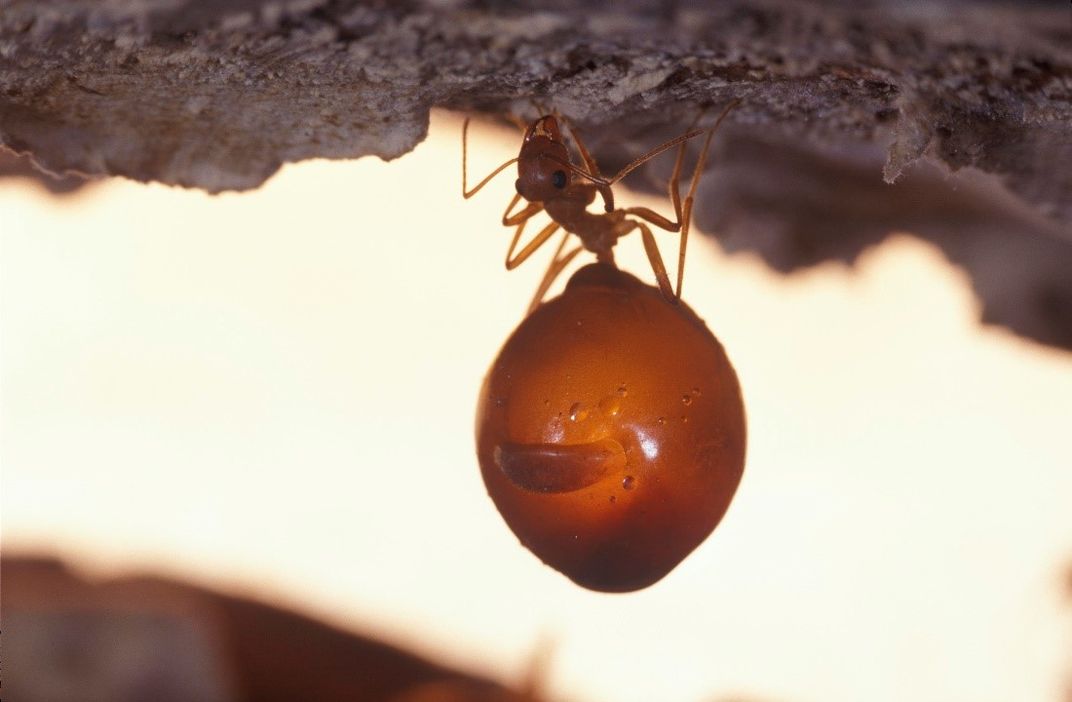
Other ants, like honeypot ants, have a sweeter flavor. These ants have specialized workers who store nectar in their expanding abdomens. These workers, called repletes, then regurgitate the nectar to feed the rest of the colony when food is scarce. But people also eat the repletes for a sweet nectar-infused treat that doubles as an excellent protein source and has beneficial nutrients like iron and calcium.
Scorpions
But embracing entomophagy has more to offer than ant salad or wholegrain larvae. Those craving fried food can get their fix from scorpions, like the Asian forest scorpion.
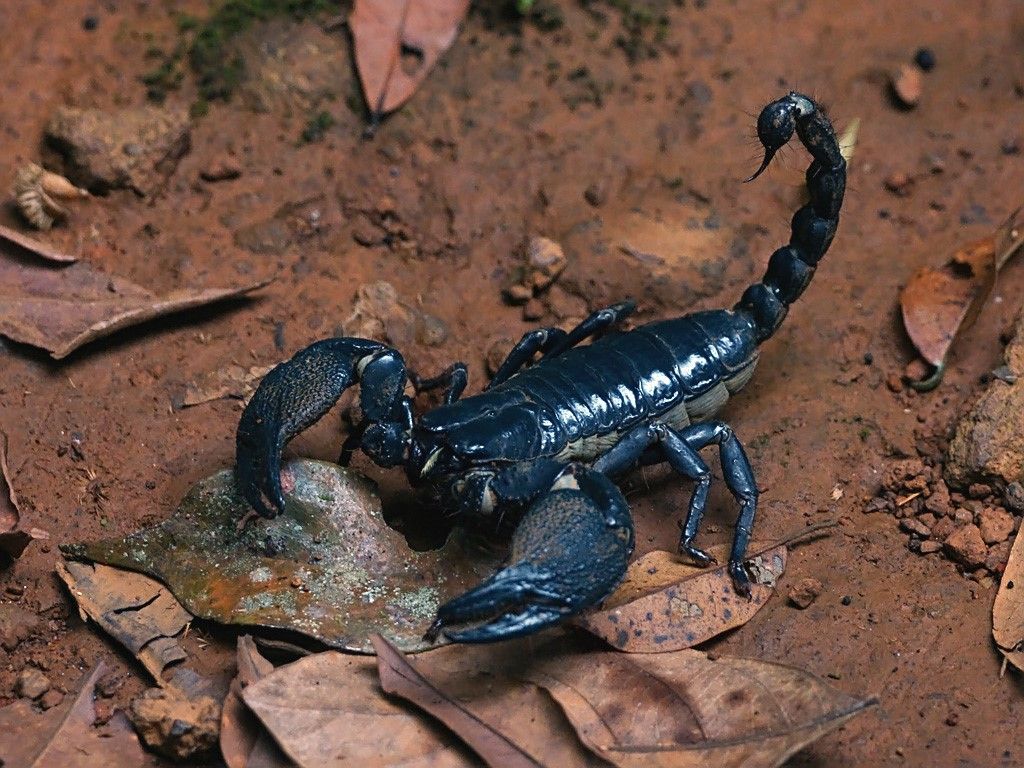
“Some are dipped in batter and seasoned. You can eat them whole or as a garnish,” said Shockley.
If scorpion fast food, or insect eating in general, still sounds exotic, remember that the practice is very widespread — and popular culinary insects are available to order online.
“You can buy canned scorpions on the internet ready to use for what you want. Almost everything we’ve talked about is something you can order and have delivered to your house,” said Shockley.
Giant Water Bugs
One family of insects popular in Southeast Asia are giant water bugs, like the species Lethocerus indicus. These relatives of cicadas can grow up to 3 inches long and comes with their own signature taste.
“Depending on how it has been prepared, it can taste strongly of black licorice or sweet so it can also be a seasoning for anything,” said Shockley.
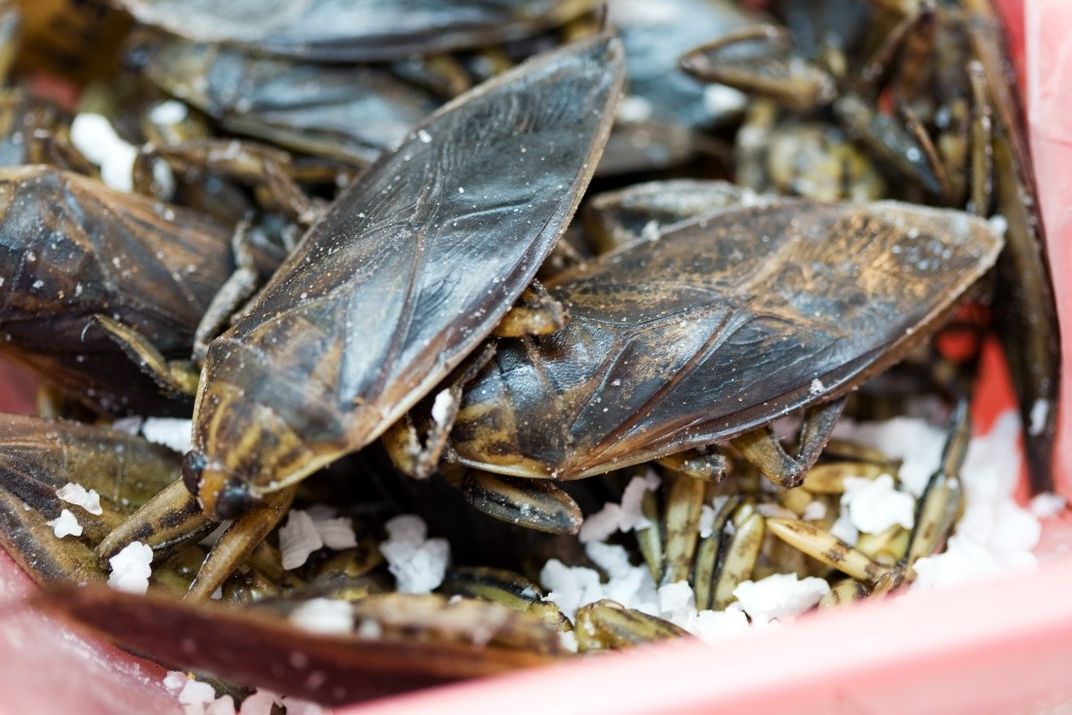
In Vietnam, people flash boil or deep fry the bug and eat it just like peel-and-eat shrimp. They also extract the juices from the insects which they use as a seasoning because only a single drop or two can provide a spicy, sweet flavor to dishes.
While the water bug has not hit the international culinary scene yet, it is a local staple, easily dredged up in ponds and lakes. Its accessibility as a food source, like all other insects, shows how it can be a sustainable protein source in a world with increasing food insecurity. And with their large size, there is a fair amount of meat per bug.
“Bugs have not really been considered holistically as a sustainable food source,” said Shockley. “But pound-for-pound, insects are similar to or in some cases more nutritious than other forms of meat.”
Endless bugs, endless possibilities
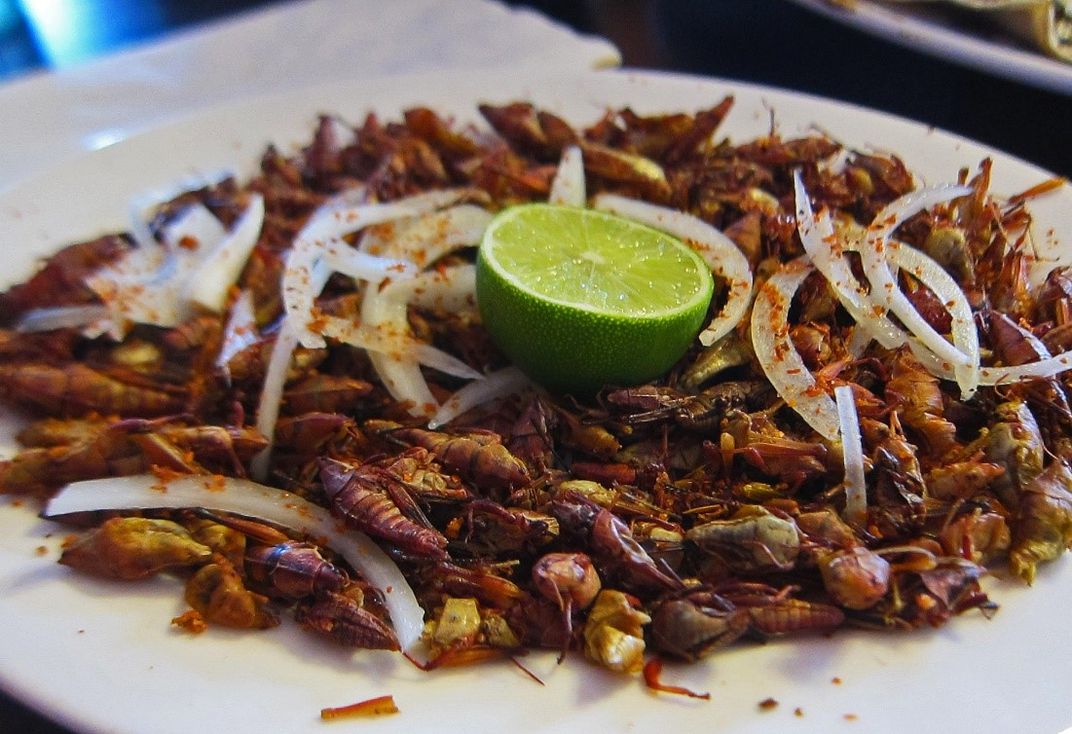
The possibilities for culinary masterpieces packed with nutrition are endless when it comes to using insects whole or as seasoning in a dish. So, why not use the ongoing cicada emergence as a gateway for insect eating?
“You can dry roast them, boil them, use them in stews, blanch them or chop them up to add meat and crunch. It really depends on what you’re trying to accomplish with whatever dish you’re making,” said Shockley.
Today’s cicada scampi could easily be tomorrow’s ant head salad and there’s nothing gross or exotic about that.
“Humans have consumed insects for most of our species' history,” said Shockley. “As human populations grow, we need to consider alternative food to supplement our meat intake. Insects take much less effort to farm and are easier on the environment.”
Related Stories:
What to Expect When the Cicadas Emerge This Spring
Say Hello to the Scientist Caring for Smithsonian's 35 Million Entomology Specimens
How Tiny Wasps Became Agricultural Defenders
Family Members Follow Original Asian Giant Hornet to Smithsonian

